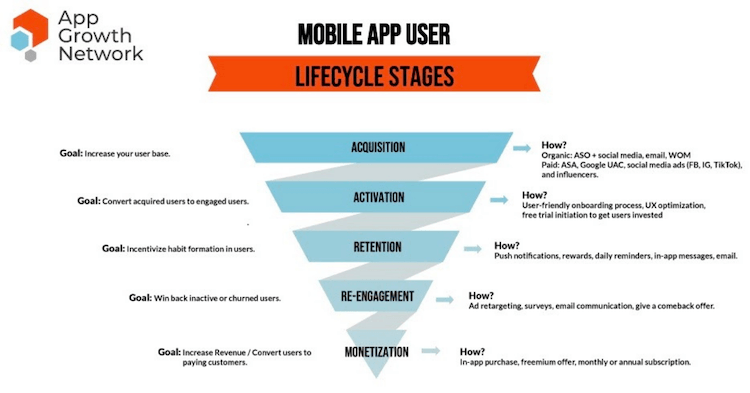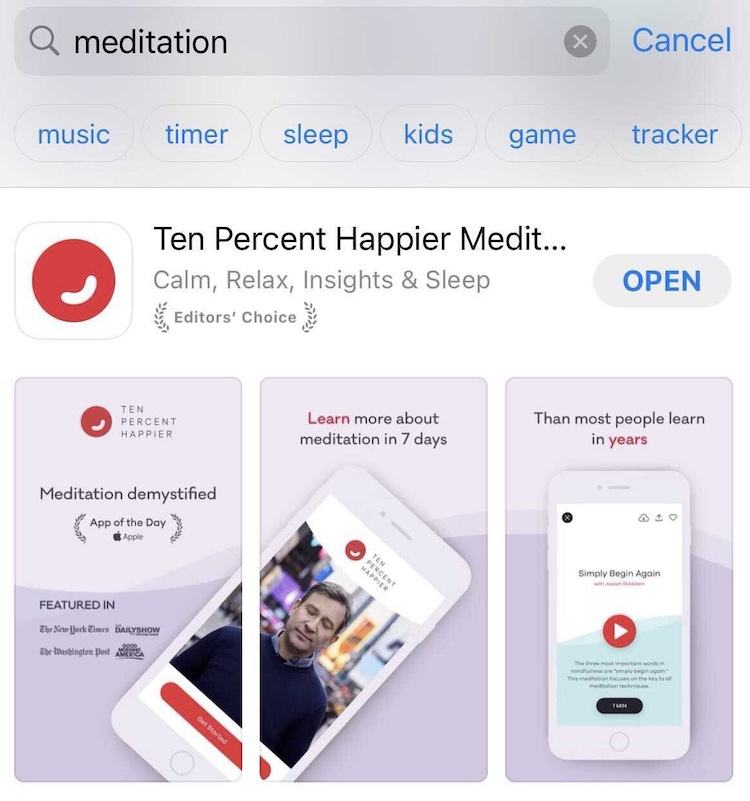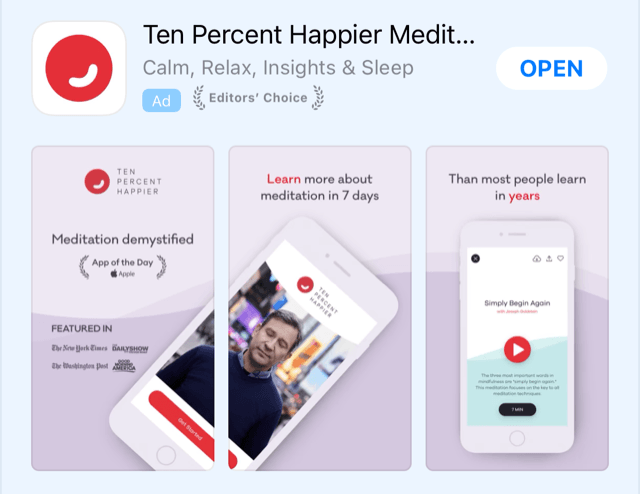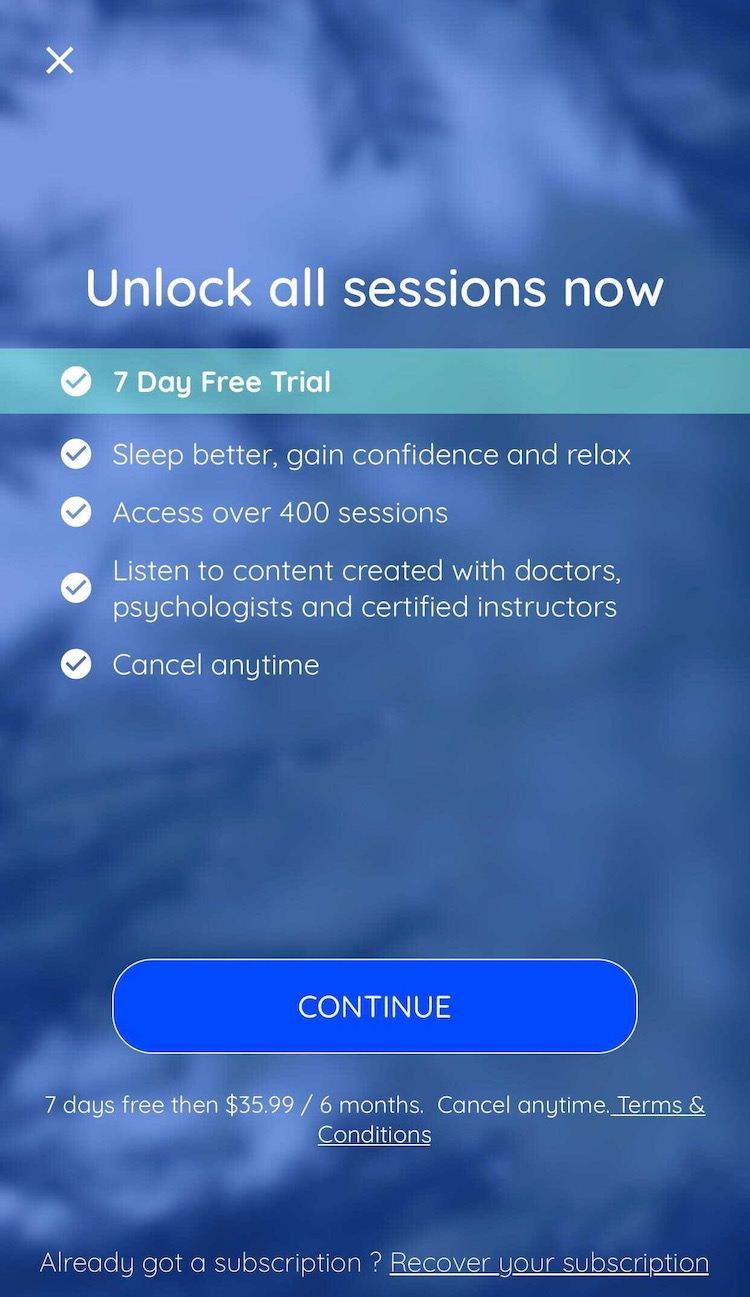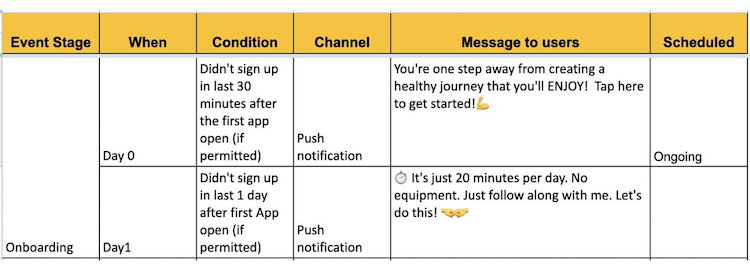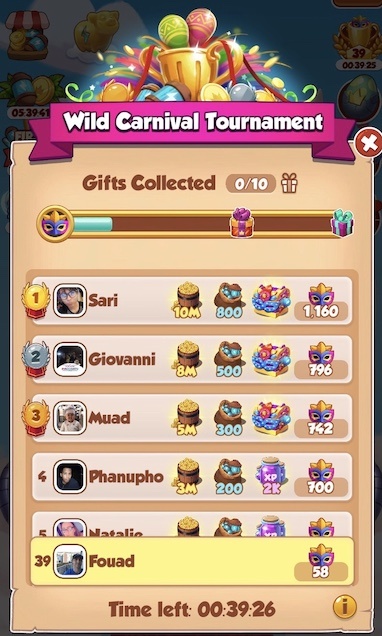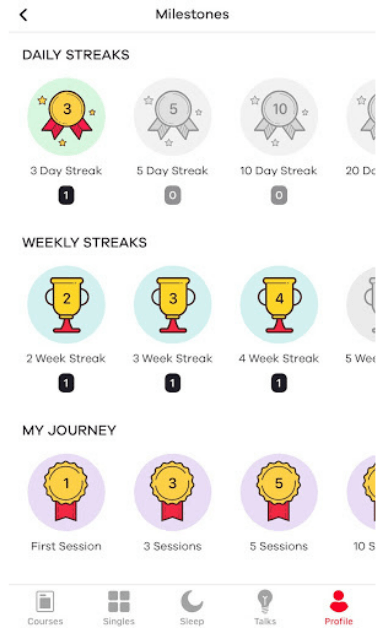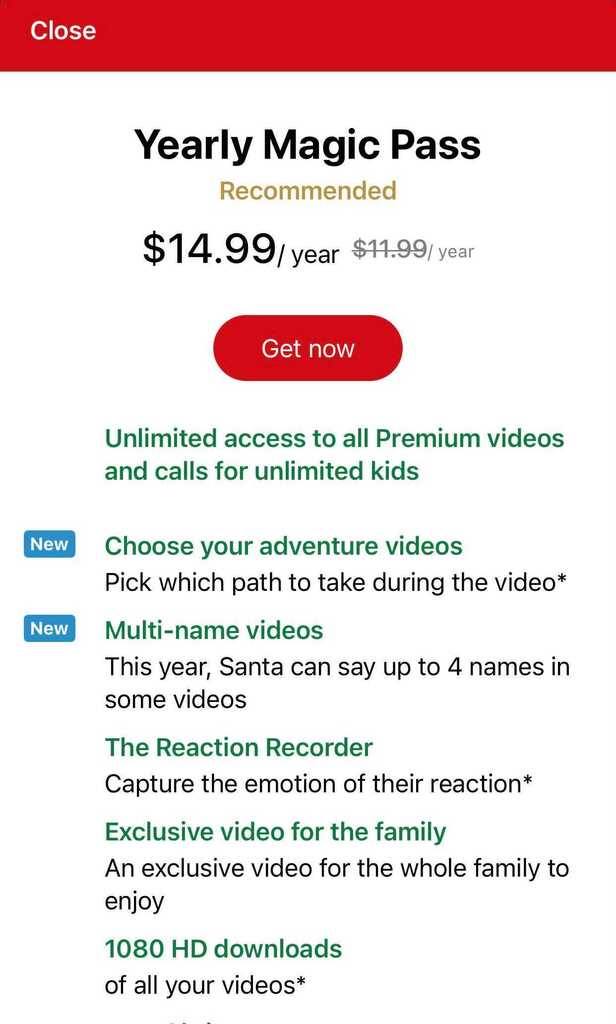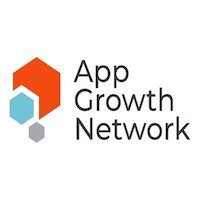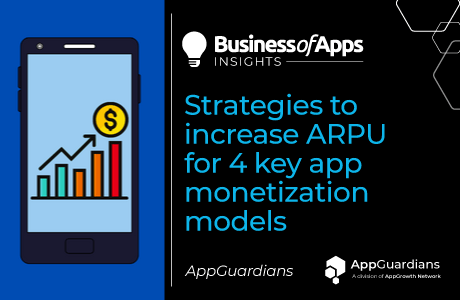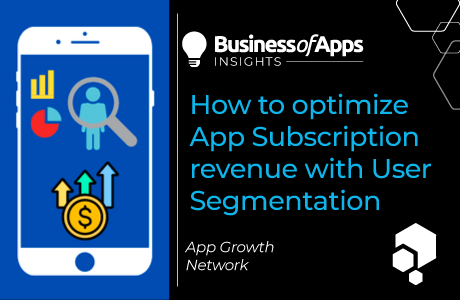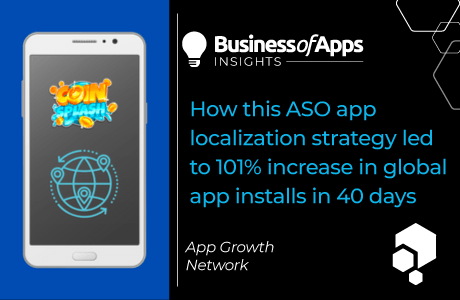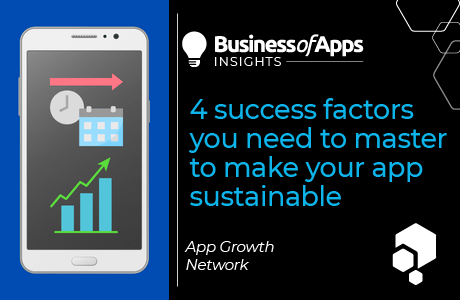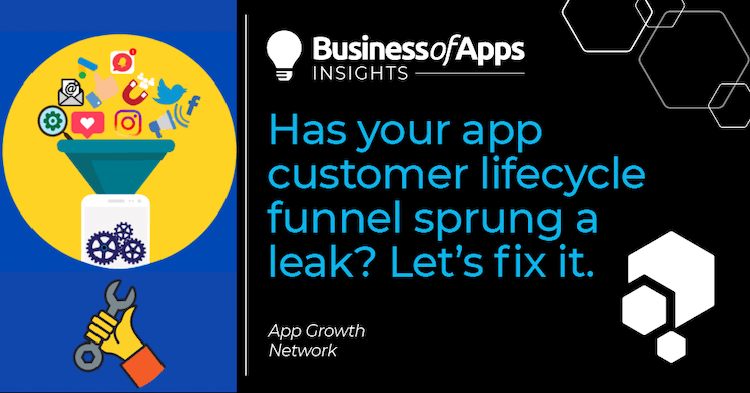
“What does it take to get my app to the top of the charts?”
Ah, the million-dollar question.
And if the answer were that simple, all app developers and publishers would be multi-millionaires. And we, as an app marketing agency, would have a super easy job!
This article was first published on App Growth Network blog.
So, what does it take to have a winning app growth strategy? Is it nailing down user acquisition and getting as many downloads as possible? Is it focusing on app user retention and user engagement strategies? Is it having the right app monetization strategy? Is it channeling your efforts into re-engaging churned users?
The reality, friends, is that it’s all of these things.
If this seems overwhelming, that’s because it certainly can be. The good news is that taking a systematic approach to developing a successful app growth and app marketing strategy is much more manageable when you look at it through the lens of lifecycle marketing.
Let’s dive in…
What is Lifecycle marketing?
Lifecycle marketing is about creating effective strategies that meet the customer’s need where they’re at in their app journey and, thus, elicit a desired action at that moment.
Strategies to achieve success at the acquisition stage (where the goal could be getting a new app download) will not necessarily work for success at the monetization stage (where the goal could be a subscription purchase).
For most mobile apps, the customer journey (or funnel) looks something like this:
Acquisition: increase your user base
At the very top of the funnel is User Acquisition where the goal is to increase your user base. Makes sense, as you can’t create paying app users if you don’t have any users to guide to that point, right?
Ultimate App Growth Guide 2025
Boost your app’s success with the Ultimate App Growth Guide! 🚀 Expert insights, proven strategies & must-know tips. Download now!
Master app growthA lot of time and effort (and money!) goes into this stage because you not only need to capture users’ attention and get them to know what your app is/does but you also need to persuade them to download it on their mobile device. There are two ways to do this:
1. Organic user acquisition
Here, App Store Optimization (ASO), word-of-mouth, and social media tactics lead the charge. Let’s remember that there are over 2 million apps in the iOS App Store and over 2 million apps in Android Google Play—which means that app stores are extremely crowded! ASO is your chance to increase your app’s visibility so your ASO strategy needs to be rock-solid.
With a proper ASO strategy in place, your app will increase its ranking, which is based on all app store metadata—app name and title, short and long descriptions, keywords, screenshots—plus the number of downloads and ratings/reviews.
2. Paid user acquisition
Paid UA will help up your user acquisition game. Apple Search Ads can be a game-changer for iOS apps, as ASA is known to be one of the most efficient ways to attract intent-based, quality users.
With a sufficient media budget, paid campaigns with Google Ads, Facebook Ads, Instagram and TikTok can really ramp things up!
Activation: convert acquired users to engaged users
Many strategies come into play at the activation stage where the main goal is to keep the users you acquired engaged and actually using the app. Here is where you want a user to perform an action like completing the registration process or signing up for a free trial period. For a health and wellness app—like a yoga app—the desired in-app event may be completing a yoga session.
But here’s the harsh industry fact: On average, apps lose nearly 75% of users within the 1st day of the app install.
So how do you keep users activated? Here are some strategies:
1. Optimize the user onboarding process
How positive (or negative) a user’s onboarding experience has a huge effect on whether or not a user sticks around. That’s why following onboarding process best practices is key. Ask yourself these questions from the perspective of a new user that’s just installed your app and opening it for the first time:
- What is this app about?
- What can I do with this app?
- What am I supposed to do next?
- Am I happy that I downloaded this app?
If there are uncertain or negative responses to questions like these, then you may need to go back and fix the flow and UX design of your app, otherwise, you’ll end up with a frustrated and/or disinterested user.
2. Offer a free trial
The best way to get a user hooked on what your app offers is by letting them get the full experience first-hand. A free 7-day trial that gives them full access to all the app’s features is an effective way to get them to explore your product. Ideally, they’ll love the app so much that they’ll happily pay to subscribe to keep using it.
Make sure the free trial is prominent and included in the onboarding process early on.
3. Use Push notifications
A well-timed push notification can have a significant impact at every app customer lifecycle stage—including activation. If a new user hasn’t signed up for the app after opening, a customized nudge or reminder can be just the thing to get them to complete the desired action.
A push notification calendar that schedules specific notifications to be sent within specified time frames is one of the most effective strategies. Here’s an example of an activation stage push notification calendar based on app registration completion.
Retention: incentivize user habit formation
Retention is a critical stage in the app customer journey. Most apps need their users to stick around and use the app consistently for the long haul. User retention not only affects app store rankings, but it’s vital to achieving financial business goals. Retention Day 1, 7, and 30 are some of the most important KPIs to track.
Bottom line: Have an amazing app product that people love! They’ll not only become your most loyal, consistent users but they’ll tell their social network about it and become your strongest brand ambassadors.
Some user retention best practices include:
1. Customize in-app communication
As mentioned above, push notifications are valuable at every stage of the app user journey when done the right way. In-app messages that are persuasive and well-timed can help give user retention the boost it needs.
2. Apply app gamification elements
Think rewards, badges, leader boards, etc. To get a user hooked, you need a sticky app product! Obviously, app gamification elements like incentives and rewards are very effective for gaming apps but they’re also extremely relevant for other categories like health and fitness.
Here are examples from casual gaming app, CoinMaster and popular meditation app, Ten Percent Happier:
Re-engagement: win back inactive or churned users
This is an important stage to not overlook. The fact is that re-engaging a user that has already used your product is much more cost-effective than acquiring a new user.
Be sure to keep user churn rate and DAU data on your radar from the get-go. Having a strategy in place for Day 1, Day 7 and Day 14 is the way to go—most times, waiting until Day 30 is too late!
Some useful strategies include:
1. Incentivize with “free stuff”
For a game app, the re-engagement messaging may involve giving an inactive user extra coins for gameplay, or unlocking a new level. Something that the user can get for free that makes them return to the app is a win!
2. Offer a discount or limited-time savings
People love saving money and, oftentimes, a good deal is enough to win them back. Below is an example from Uber Eats with a push notification offering a discount to entice an inactive user to come back:
Monetization: increase revenue or convert users to paying customers
Ideally, you’ve nailed down engagement and retention and users LOVE your app. Once they’re hooked, their customer journey brings them to the monetization stage where they will commit to a purchase.
Popular monetization strategies could include:
1. In-app purchases
This is a common approach with gaming apps. Users can “spend as they go” by purchasing an extra life, more coins, a new character, etc. for a low cost of a few dollars.
2. Monthly and/or yearly subscriptions
Most apps now use this monetization strategy that kicks in after the free trial period is over. Users are billed a set monthly cost or can pay for a year’s subscriptions at a discounted cost.
3. One-time app purchase
Some apps are set up so that you buy them outright, meaning that you pay one low price to use them forever—like casual gaming apps, productivity apps, or photo editing apps. Others use a combination of subscriptions and one-time app purchase options. For example, a fitness app may offer a subscription for $19.99 per month or a one-time purchase price of $199.99 for lifetime access.
Below is an example from Portable North Pole, a seasonal holiday app that offers a yearly “Magic Pass”.
What can go wrong at each customer lifecycle stage?
Keeping the funnel visual in mind, just think about where you can spring a leak—pretty much anywhere, right? The same is true with the stages of an app user’s journey. The key thing is to identify where these leaks are and fix them!
For example—at the acquisition stage—your app may be buried too deep in the app stores, giving it extremely low visibility. Not including relevant, high-performing keywords in your app store metadata or poor app ratings could be the problem. Getting a full ASO audit that identifies your weak points helps you figure this out.
Or, at the conversion stage, you may have an overly complicated onboarding process. Are you requesting too much personal information from the beginning or bombarded users with too much info before giving them a chance to experience what the app does? If so, you’ve found your leak.
Best app engagement tools to use for customer lifecycle strategies
Luckily, there are many tools available that help set up and optimize these customer lifecycles. This is a huge asset because, as you can imagine, triggering the right push notification at the right time could get pretty messy without an automated tool at the wheel!
Braze, OneSignal, LeanPlum, and Airship are industry leaders when it comes to increasing in-app customer engagement and implementing multi-channel retention strategies. Push notifications, emails, in-app messages, and A/B testing are just some of the awesome features that they offer.
Final Thoughts
For every mobile app strategy, getting downloads is important. But it’s usually the tip of the iceberg.
For long term app success, it’s important to look at the full funnel of the app user customer lifecycle journey and identifying where the leaks are—what is it that’s stopping your user from moving forward to the next stage and reaching the ultimate goal (i.e., making a purchase)?
Mastering the funnel requires hands-on knowledge and application of the most relevant strategies for every stage. This includes:
- Mastery of UA best practices for ASO and paid media (acquisition)
- Providing the optimal app onboarding and UX experience (activation)
- Implementing effective push notifications and gamification strategies (engagement and retention)
- Having a plan to win back inactive or churned users (re-engagement)
If this sounds complicated, you can depend on the services of professional app marketing agencies like our professional team at App Growth Network. We’re happy to help.



